We get it; and we feel just the same. After more than two years of home cooking and restaurant meals largely confined to your local area, you’re feeling desperate to travel the world again in such of the finest food known to man. We’re hungry to do the very same!
If you’re keen to whet your appetite before your next adventure, then you’ve come to the right place; here are 8 gastronomic European cities every food lover should visit at least once.
London, England
Needing little in the way of introduction, London draws tourists from all over the world, keen to experience the world class art galleries and museums, engage with the history of the royal family, and sample the city’s diverse food scene.
What to Try: Roast dinners, fish and chips, pie and mash, afternoon tea…visitors are well versed in the cliches, but scratch the surface of London just a little and you’ll find a hugely varied, thrilling dining scene, with every corner of the globe represented. In fact, this diversity is perhaps the defining feature of the capital’s food.
Where to Eat: If you are looking for traditional British food cooked with confidence and flair, then Rules (London’s oldest restaurant) and St. JOHN (arguably its most influential) are both superb. For Michelin starred food in an old school British pub setting, then it has to be the Harwood Arms. Or, for a modern take on ‘British’ cuisine, try Lyle’s or Clove Club, both in the groovy Shoreditch neighbourhood.
We hope we’re not blowing our own trumpet when we say that we’re experts in the field of quality London restaurants. So much so, in fact, that we’ll redirect you here for extensive guides to many of the city’s best places to eat.
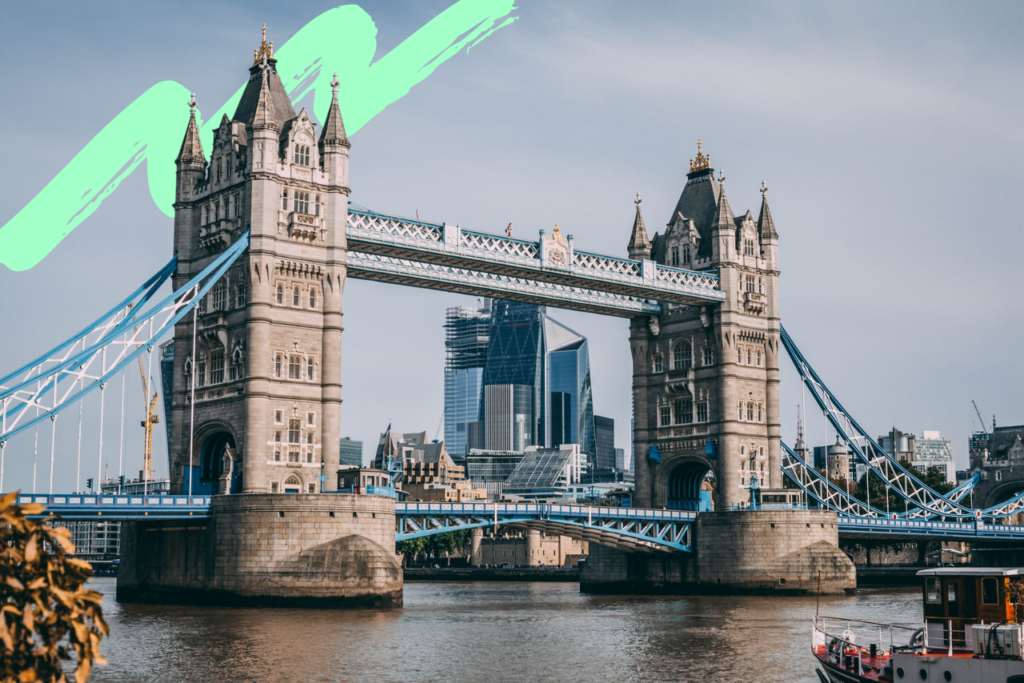
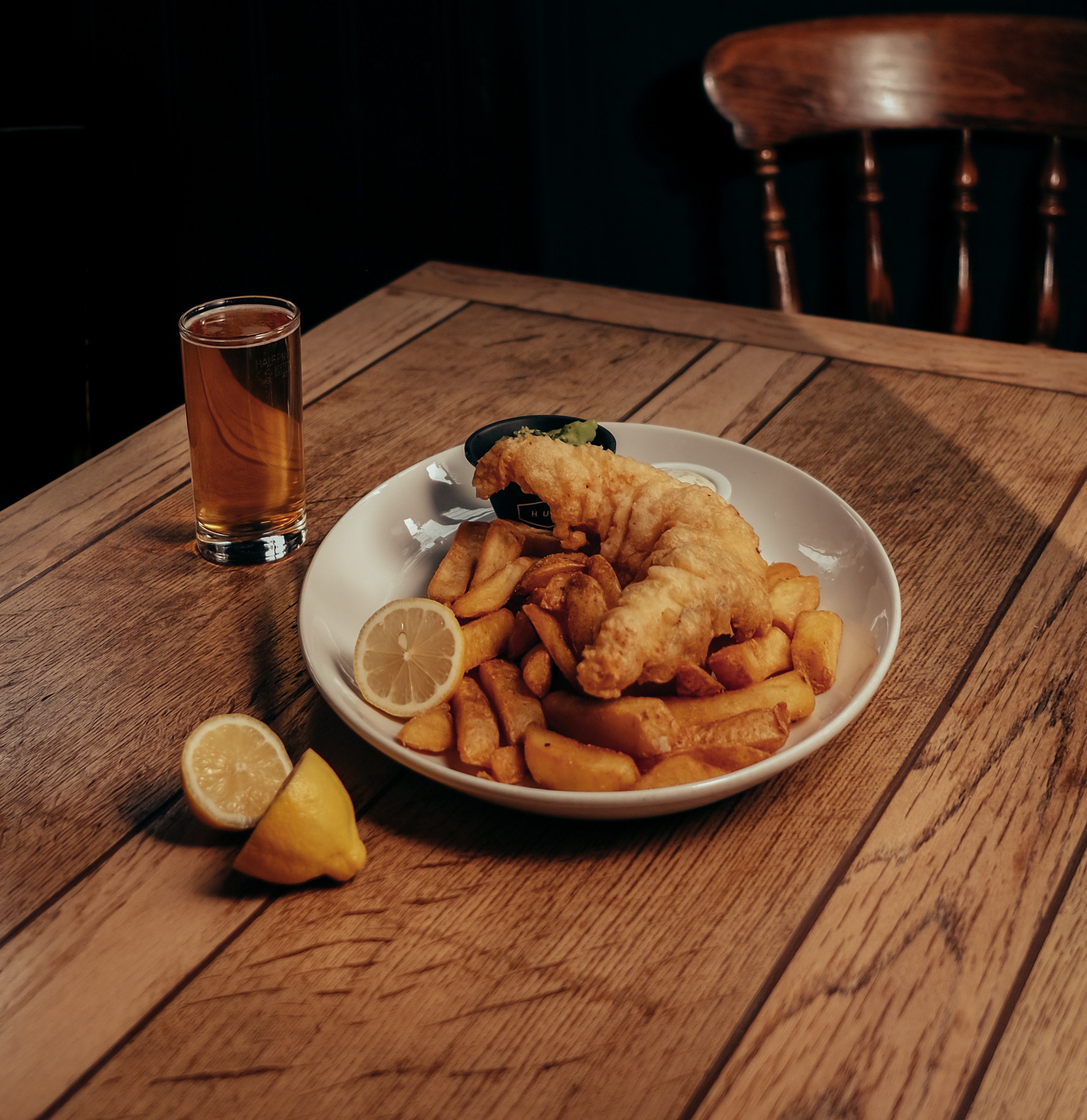

Dubrovnik, Croatia
The cuisine of Dubrovnik is a blend of Balkan, Italian and Mediterranean influences, and the city is a seafood lovers’ paradise. Here, you’ll find platters of grilled or fried seafood piled high in nearly every restaurant; the calamari and lightly floured then fried whitebait in this part of the world is arguably the best you’ll find just about anywhere.
What to try: Walls Of Dubrovnik, who offer some of the best value Dubrovnik tours in town, tell us that you have to try the octopus salad that’s native to the region and traditionally eaten as a starter. Using a wine cork in the octopus braising liquor to tenderise its flesh, it’s a deceptively simple, simply delicious dish.
Another must try is skampi na buzaru which translates as ‘shrimp stew’. This coastal speciality sees scampi (huge langoustine, really) cooked in a suave sauce of tomatoes, garlic, wine and a special spice mix, which is then thickened with breadcrumbs.
In many local taverns (konoba), you’ll find buzaru dishes served with pura – polenta. Another specialty you can’t miss is crni rizot, a squid risotto made jet black and funky via its ink.
Where to Eat: Restaurant 360º is Dubrovnik’s only Michelin starred restaurant, and one of only 10 in Croatia as a whole. For more of our recommendations on the city’s eateries, check out these best restaurants in Dubrovnik Old Town.
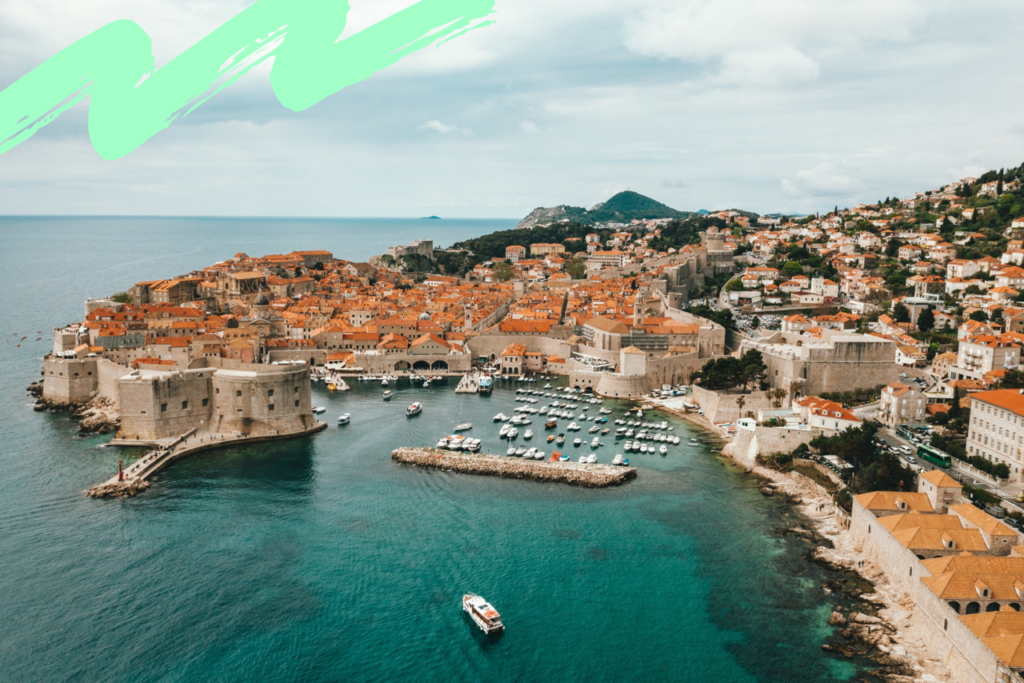
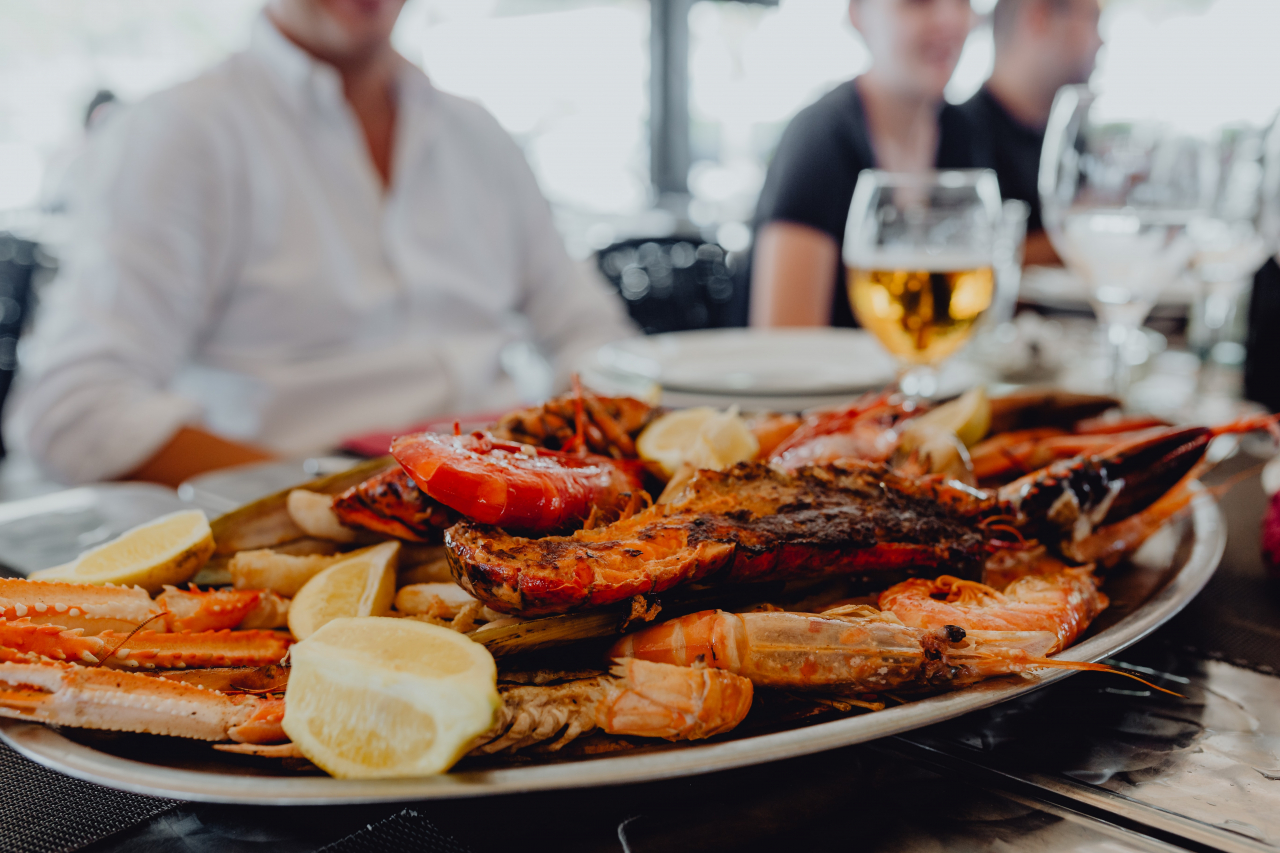
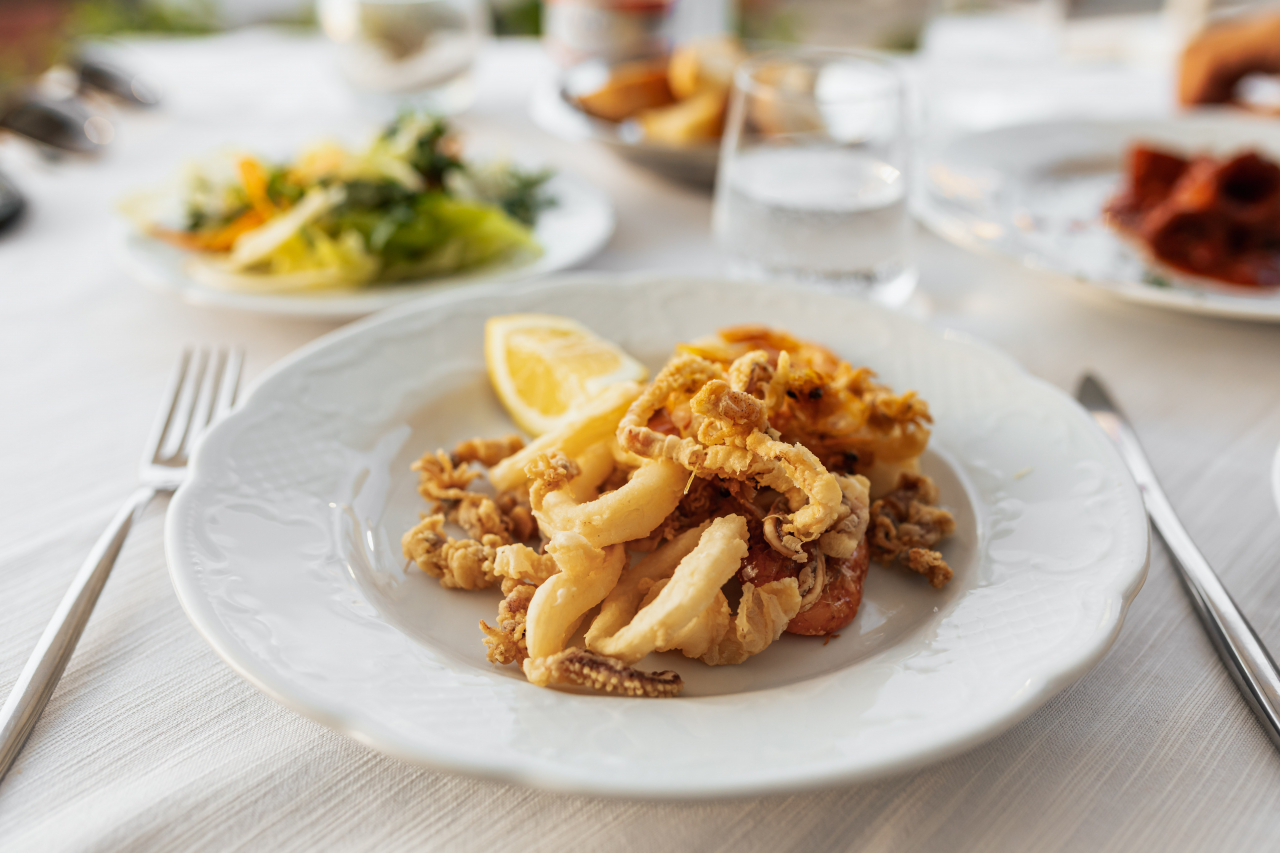
Rome, Italy
Italy’s capital plays host to a veritable feast of local delicacies, and the best way to swerve the tourist traps and experience genuine Roman cuisine is to take a food tour.
If you plan on curating your own, be sure to include Cacio e Pepe, a seemingly basic pasta, pepper and cheese dish which is so much more than the sum of its parts. You’ll also find the finest gelato on the planet in the capital, with each place taking great pride in their product. We particularly like Gelato GROM, but options are almost endless, so just get out there and explore!
What To Try: Though there’s a vast variety of pasta dishes all over the city, Rome is particularly famous for its four key, classic pasta preparations- cacio e pepe, carbonara, amatriciana, and alla gricia – each of which is a variation of the other.
There’s an offal lot of offal in Roman cuisine (sorry). Back in the day, slaughterhouse workers in Rome would be given the “quinto quarto” or “fifth quarter” as a perk of their job. This was basically all the parts of the animal that no one else wanted such as intestines, tails, organs and other innards.
As a result, many quinto quarto recipes were developed and a new part of Roman cuisine was born. Indeed, some say you haven’t eaten properly in Rome until you’ve enjoyed some offal. For some of the best, head to Testaccio, the neighbourhood where many of the most famous offal dishes came from. Some of the best offal offerings include trippa alla romana (stewed tripe in tomato sauce), pajata (calf intestines with the mother’s milk still inside), and coda alla vaccinara (braised oxtails).
Where to eat: If you’re after the real thing (get on with it already!) then Hosteria Grappolo d’Oro, close to Piazza Navona, does arguably the finest carbonara in Rome. Another popular choice among the food cognoscenti of the city is Da Gino al Parlamento, not far from the Pantheon. While the alla gricia here is certainly good, their bucatini amatriciana is particularly revered.
And if it’s carbonara you’re after, check out Ristorante Roma Sparita, declared by the late chef Anthony Bourdain when he visited Rome as being the best rendition in the city.
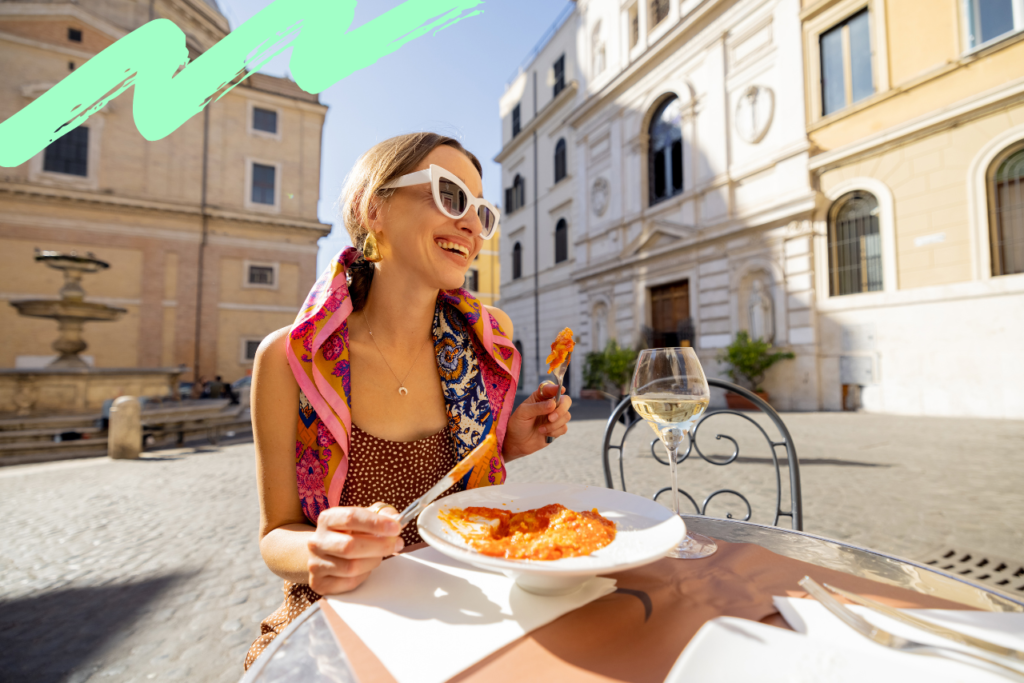
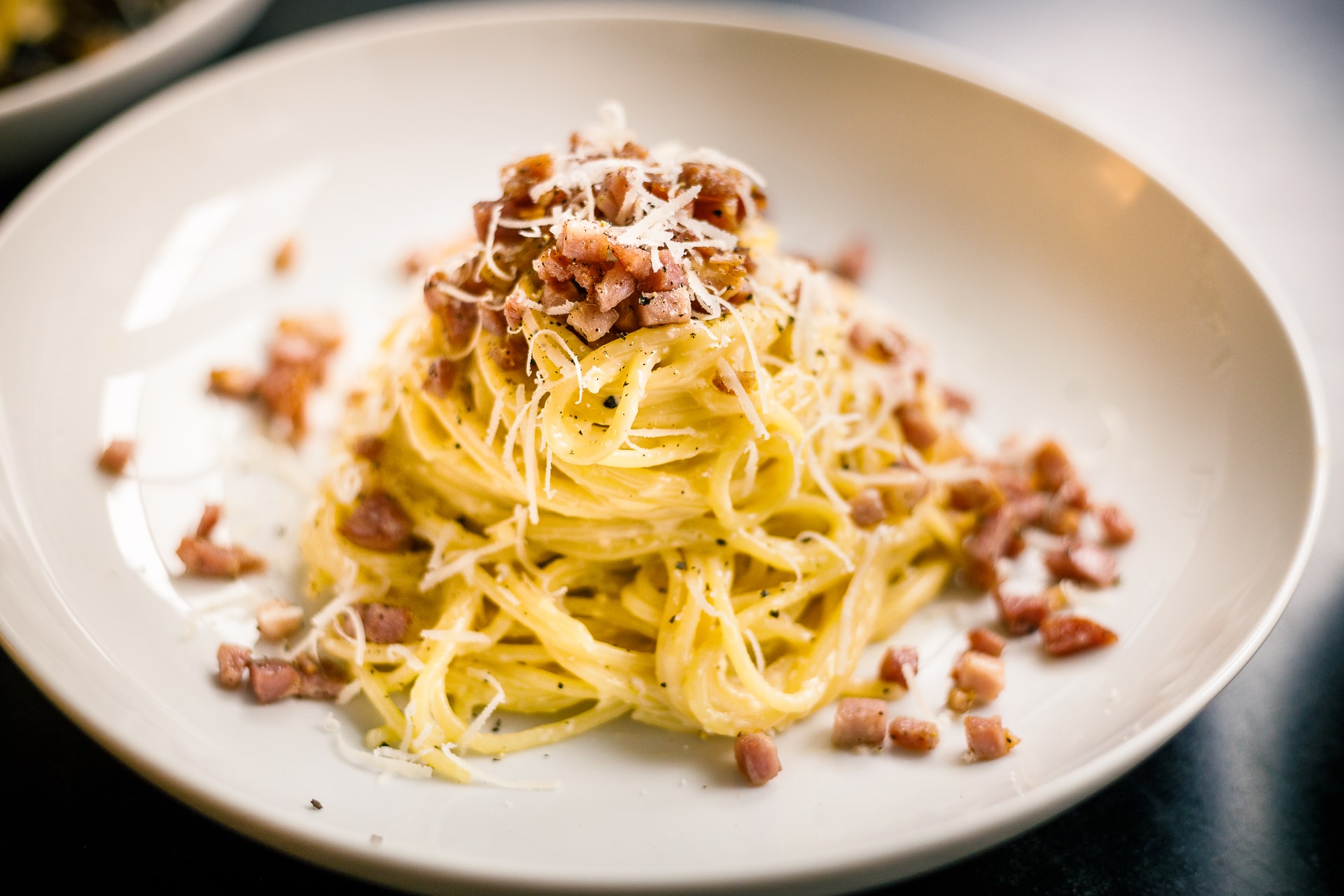
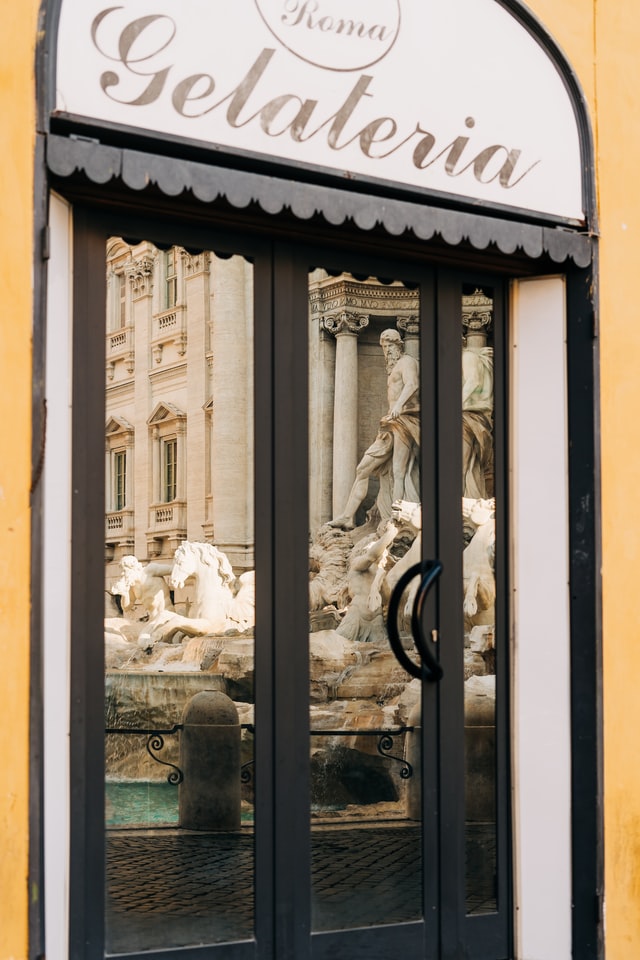
San Sebastian, Spain
Located in northern Spain, San Sebastina sits in the heart of the Basque Country, which is one of the most gastronomically blessed regions in the whole of Spain – scratch that, the world.
Anthony Bourdain once said of this famously ‘foodie’ city that ‘‘You could make the argument that there is no better place to eat in Europe than the city of San Sebastian’’. We couldn’t agree more.
In our article on “10 Ideal Foodie Destinations You Need To Visit”, Tom Barber, co-founder of multi-award winning Original Travel, tells us that “San Sebastian has a fast growing reputation as a bucket list destination for gastronauts, and with good cause. The city has more Michelin stars per capita than Tokyo and Manhattan (best of the bunch is dad/daughter run Arzak), in no small part thanks to the Basque habit of making pretty much everything highly competitive.”
“The city’s secretive gastronomic societies have elevated cooking alongside other Basque obsessions such as pelota (the fastest ball sport on the planet) and visitors to the various bars serving delicious pintxos (Basque tapas) are the grateful recipients.’’
What to Try? ‘’Basically anything, washed down with the local (and slightly sparkling) local moonshine wine, txakoli”
Where to Eat: If you’re after high-end, cutting-edge gastronomy, then the aforementioned Arzak should be your first reservation. Should you be seeking something more informal, then forget the concept of reservations entirely and go on a pintxos (small bites usually served on bread) crawl around the Old Town. Make sure you stop off at Bar Nestor, a particularly legendary spot famed for its tortilla. Be warned; you’ll need to order this particular dish in advance!
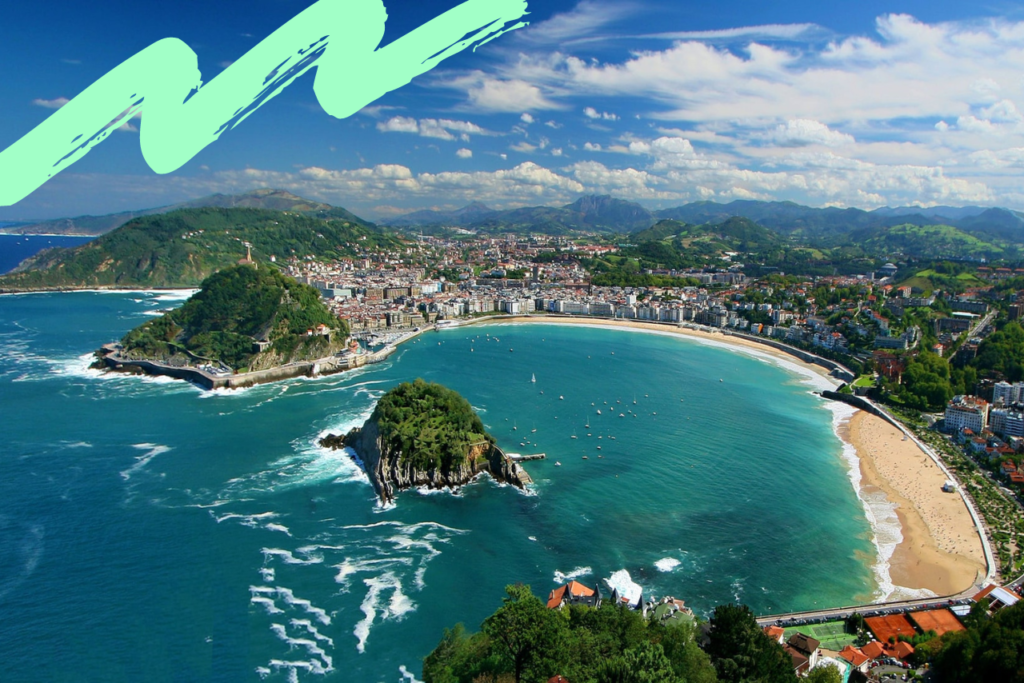
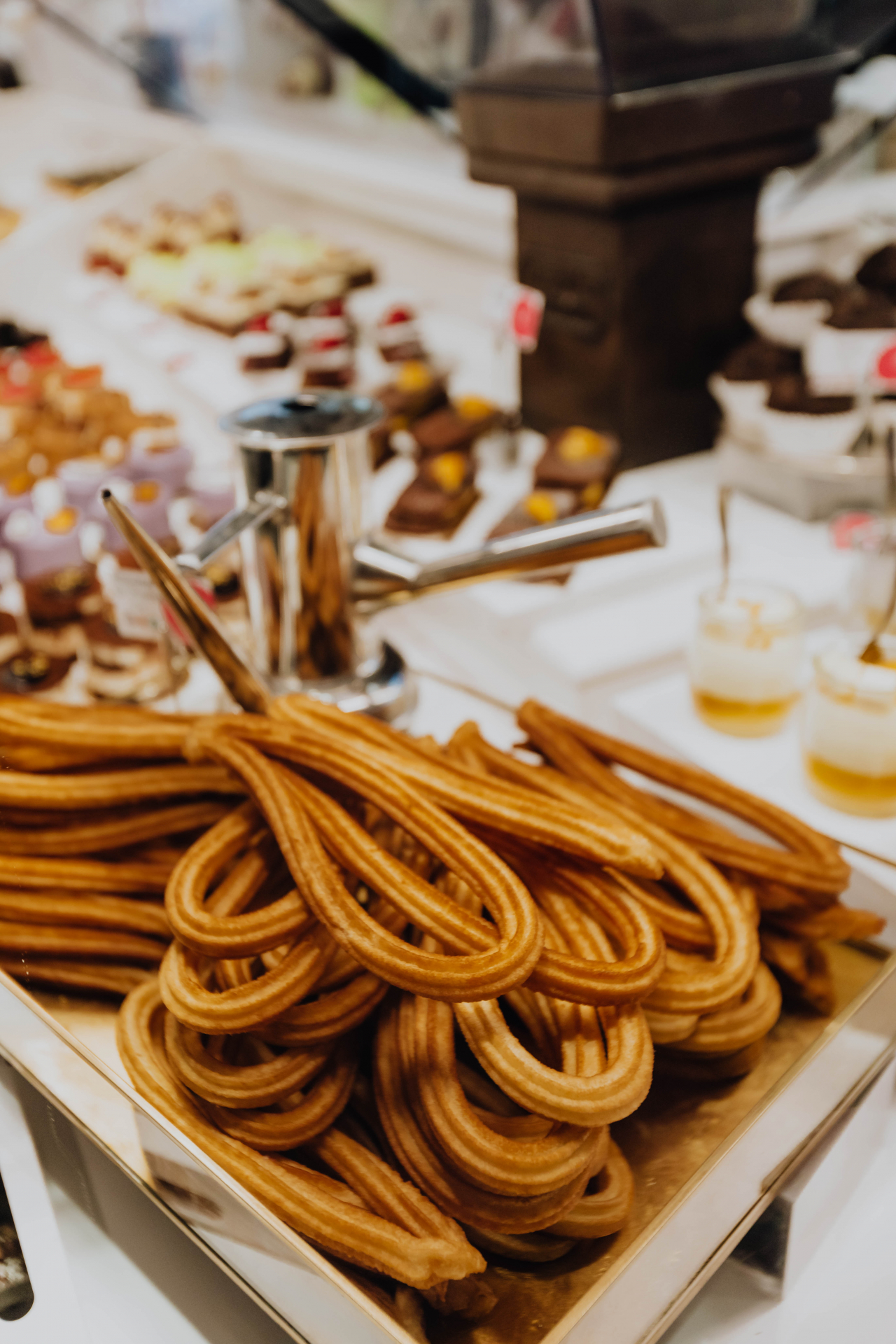
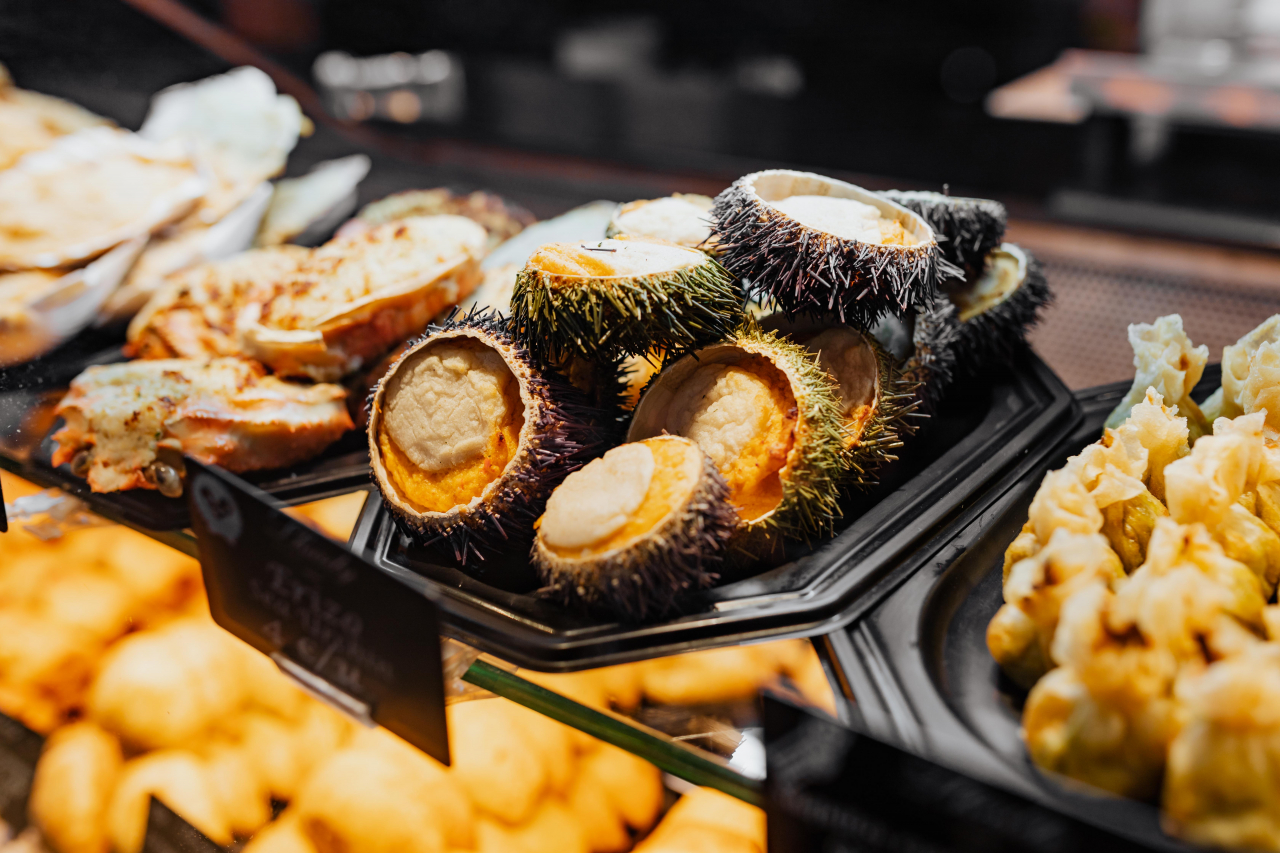
Vienna, Austria
Vienna is a city steeped in culture, history and most importantly, fantastic food. In Vienna, you won’t go hungry. In fact, any trip here will require a detox of light salads and healthy soups when going back to terra firma. From schnitzel to sausages, and rich, flavourful stews, the food in Vienna is heavy, hearty and wholesome.
What to Try: Though it’s perhaps most famous for its cakes, Vienna is a carnivore’s paradise. Tafelspitz is a traditional meat dish featuring beef or boiled veal that is accompanied by vegetables and onions, and is one you should seek out early in your trip to really get to grips with the gastronomic culture of the city.
Aside from that, some of the most traditional dishes you should try include Austrian goulash, wiener würstel (Viennese sausages) Spargel (spring asparagus), and of course, schnitzel. Almost every restaurant in Vienna will have schnitzel on the menu, but one of the best places to try a traditional version is Figlmueller, a place which has been selling the dish since 1905 and is often referred to by regular patrons as the ‘Home of the Schnitzel’.
Desserts are also hugely popular here, with apfelstrudel (apple strudel) and Zwetschgenknoedel (plum dumplings) both must-try dishes. And you can’t leave without trying a slice of Sachertorte, created in 1832 and still going strong today; one of the most famous chocolate cakes in the world. Wash it all down with a melange (Viennese coffee) and you’re good to go (lie down).
Where to Eat: Vienna is home to several fine dining institutions. If the traditional Austrian dishes are weighing a little heavy, then firstly check out Fabios for regional Italian dishes.
For a modern, indulgent take on Austria’s cuisine, with plenty of global twists thrown in for good measure, Silvio Nickol Gourmet Restaurant, which is two-Michelin-starred, is the place to go.
Alternatively, At Eight offers traditional Austrian cuisine, or you could enjoy the quality wines at Restaurant Steirereck. You may also want to try out Walter Bauer, which is a family-run business that has earned a Michelin star.
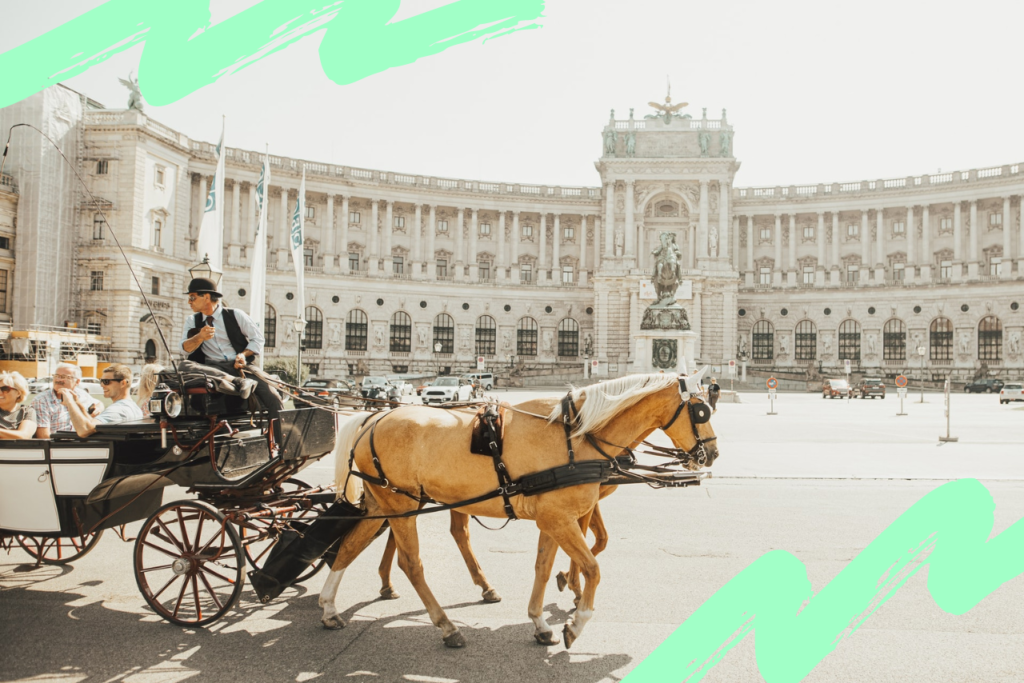
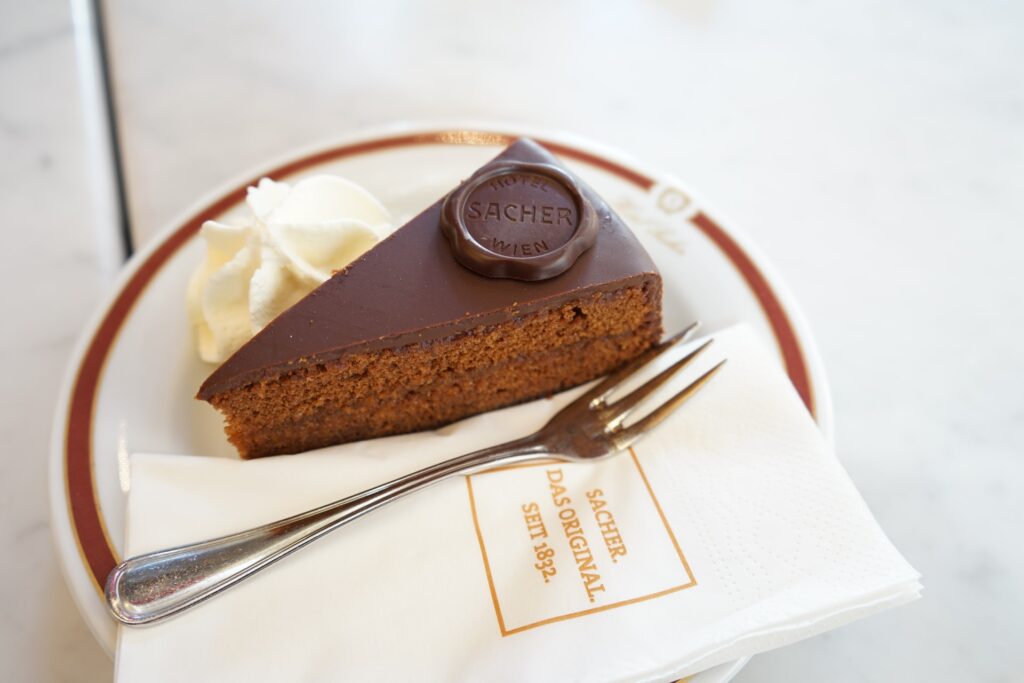
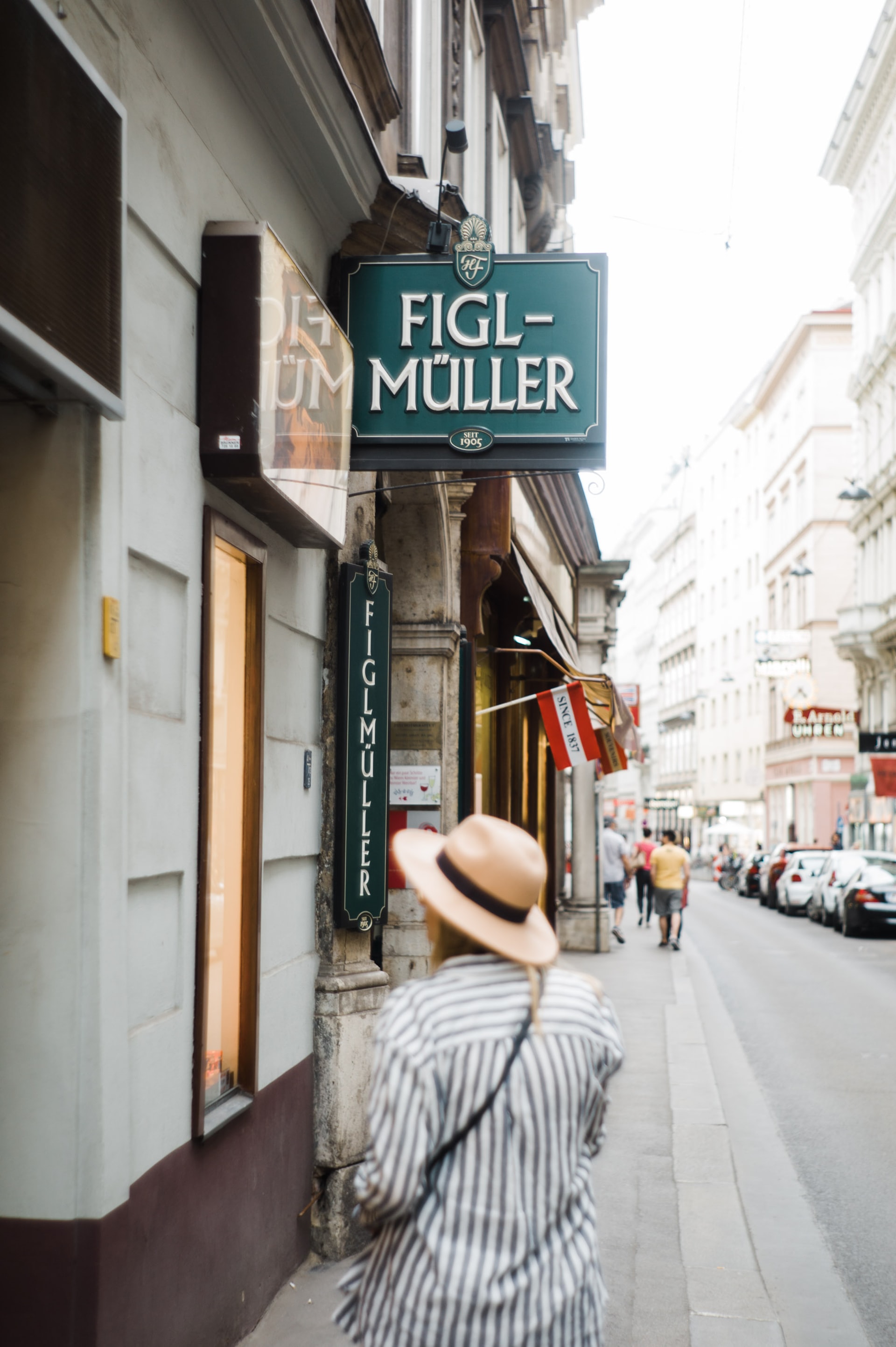
Lisbon, Portugal
Oh, to be sitting on the banks of the Tagus somewhere in Baixa, with cerveja in hand and sun on face. Carefree days, indeed. Lisbon is a quick, convenient city break that has it all; a laid back yet exciting disposition, superb, proudly local cuisine, cobbled streets and attractive architecture, as well as a pulsing confidence and energetic, 24/7 nightlife. Above all else, Lisbon’s food scene here is one of Europe’s finest.
What to Try: Rather than keep you here, check out our guide to the best food in Lisbon. You won’t regret it (unless you’re feeling hungry!).
Where to Eat: At Time Out Market, you can sample some of the city’s most famous dishes all under one roof. For some of the freshest seafood we’ve ever tasted, and with a raucous atmosphere to boot, you’ll love Cervejeria Ramiro, a Lisbon institution. In terms of fine dining, Belcanto is considered one of the world’s best restaurants. ‘Nuff said.
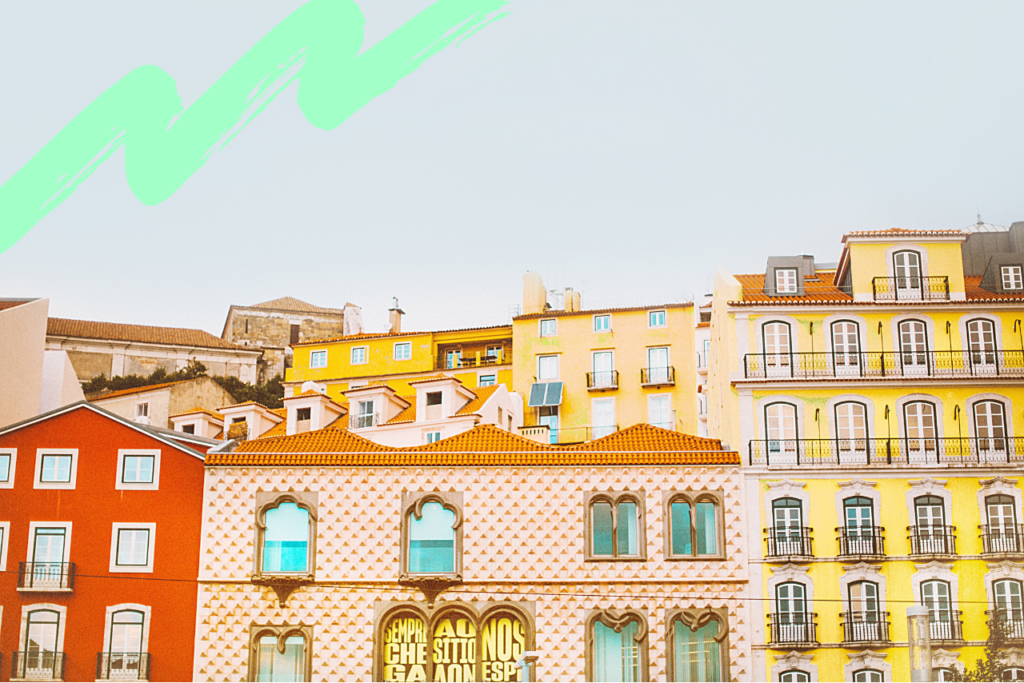
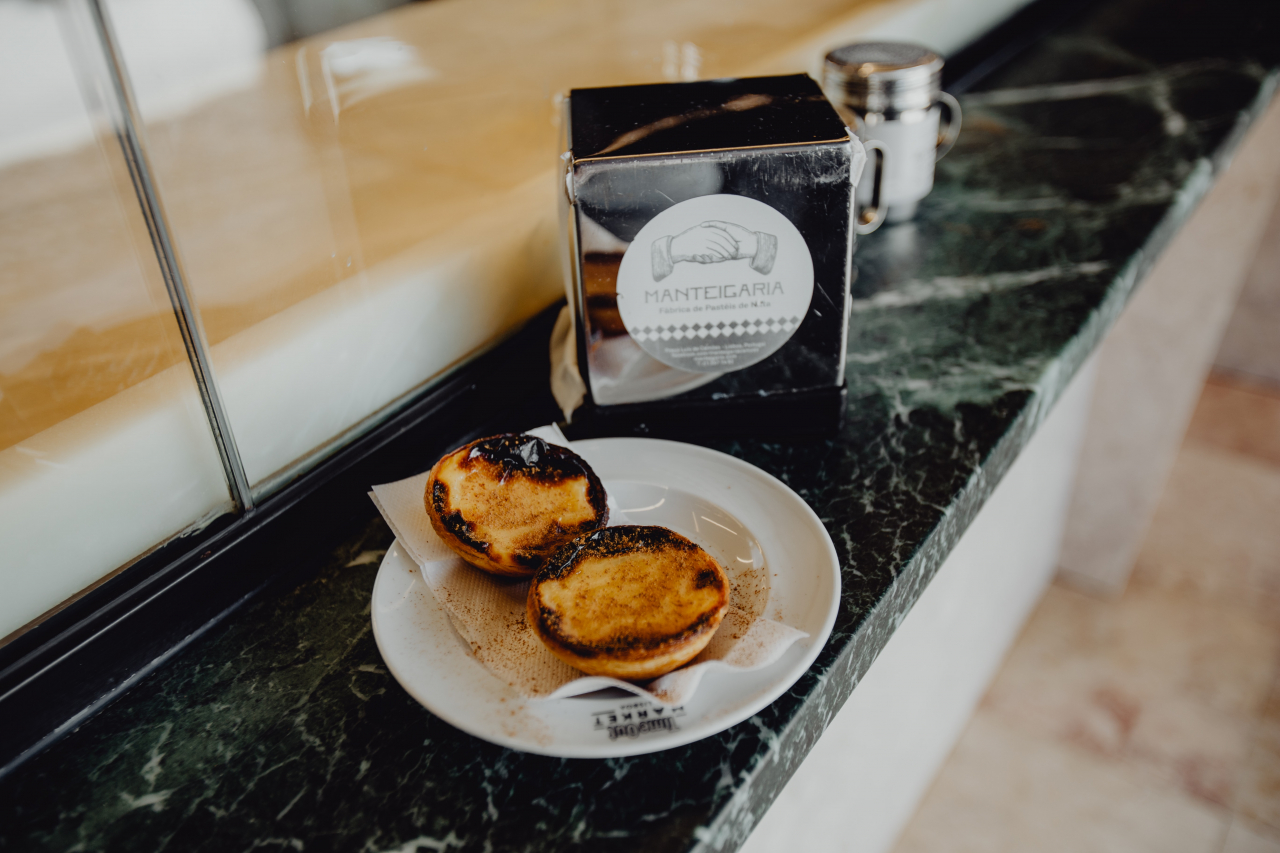

Paris, France
It’s a bit predictable, a bit cliched, a bit obvious, sure; but it’s known as Europe’s great food capital for a reason, right? It’s a city which smells of food, in the best possible way; there’s a certain aroma of sweet, freshly baked pastry which seems to permeate through every wall and linger on every street.
Obviously, Paris has fine dining at its heart, with easily the most Michelin stars of any European city, but you can eat well here for surprisingly cheap, with the right planning and at the right time; even at some top-end places.
What to Try: Though we’re going to need a much bigger word limit to list them all, some of the most renowned French foods include pâté, tartare, crepes and soupe à l’oignon. Of course, it’s essential to check out the city’s patissieres, too. Whether you love oysters or herb buttered snails, pain au chocolat or tarte tatin, quiche lorraine or boeuf bourguignon, you will be sure to find something that will tickle your taste buds and delight your senses here.
Where to Eat: If you’re looking for a mid-range option that still delivers knockout food, we highly recommend Les Cocottes. Or if you’re looking for a taste of old school Paris, with dirt cheap wine, stereotypically brusque wait staff and hearty food, then look no further than Chartier, a Parissien phenomenon.
For three Michelin starred luxury, Paris boasts an incredible ten restaurants with the guide book’s highest accolade. Perhaps the most thrilling of these is Arpège, which places a keen focus on organically grown fruit and vegetables, but sacrifices no opulence or flavour in doing so.
Alternatively, one of the hottest tickets in town (no, the world) is Septime. With a lunchtime tasting menu a relative steal at €60, it’s essential that you book well in advance for this one.
Barcelona, Spain
There are many reasons to take a city break to Barcelona; the distance, the ease, the city’s layout, the party and arts scene, the football….but the food, until recently, wasn’t considered a star attraction.
This has all changed in the past decade, with big name chefs opening lauded restaurants, and generations-old tapas bars finally getting the recognition they deserve.
What to Try: Tapas are, of course, the most traditional way to eat in Spain, and Barcelona is home to a wealth of fantastic tapas bars, including Cal Pep, Tapas 24, El Xampanyet, Quimet y Quimet, La Cova Fumada and Bar Canete.
The city also plays host to what is widely thought to be the world’s best food market, La Boqueria, where you can enjoy traditional dishes prepared by chefs in the market.
If you’re keen to try traditional Catalan dishes, which lean heavily on fresh vegetables, oily fish, pork products, soups and stews, then make sure you visit 7 Portes, Can Culleretes and Can Vallès.
Where to Eat: You could spend several weeks in Barcelona and dine out on tapas alone, but in doing so, you’d miss out on a well-established and hugely exciting fine dining scene.
Disfrutar, which translates as ‘enjoy’, offers two Michelin starred food but with high levels of fun and frivolity, with a modern, molecular take on traditional Spanish food earning the restaurant critical acclaim in recent years.
Alternatively, Enoteca offers an ultra-modern twist on the classical dishes of the Catalan coast, but loses none of the conviviality and generosity of the tradition in doing so.




